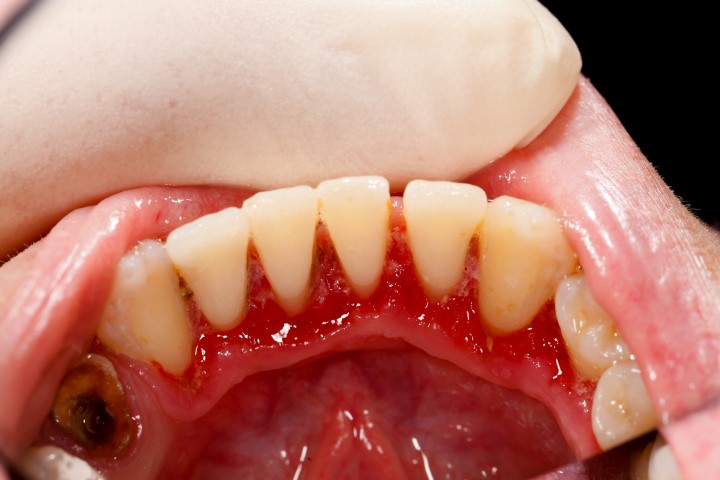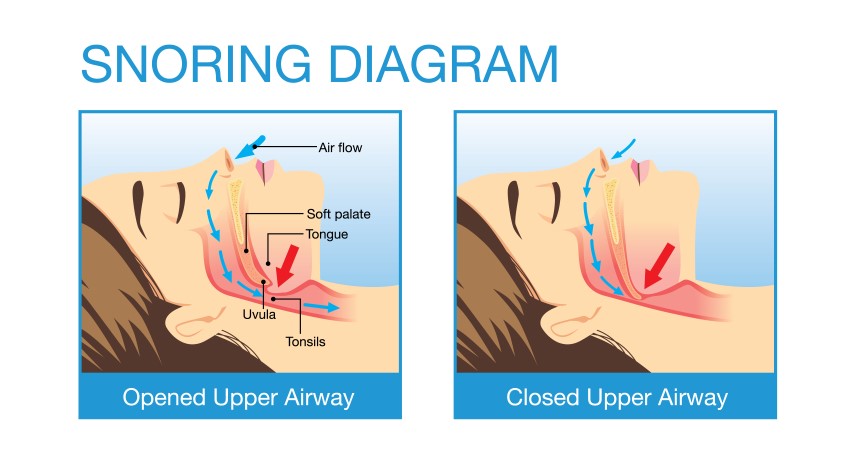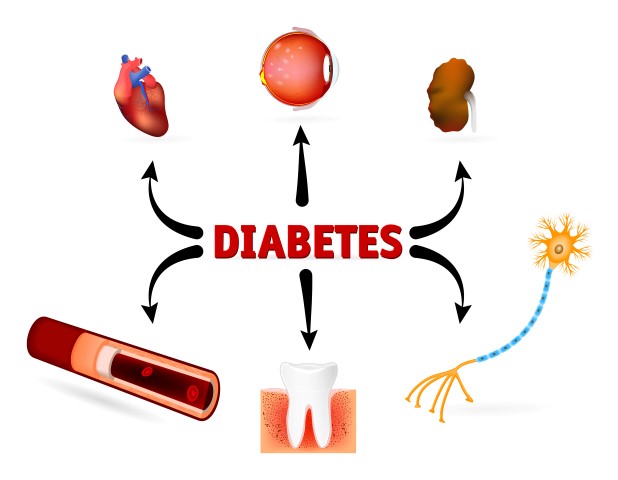What is Gingivitis? Can it be prevented? Once I have it on my gums, can I cure or reverse it? Before you can fix the problem, you have to understand it first.
Gingivitis is a type of periodontal disease in which only your gums are affected. Gingivitis, according to the American Dental Association (ADA), is a milder and often reversible type of periodontal disease. However, it can lead to periodontitis — a more destructive and serious disease — if proper professional treatment and home care aren’t put into place. No tissue damage or irreversible bone damage is present in the gingivitis stage of periodontal disease.
Many people with gingivitis won’t experience any discomfort, particularly in its early stage. However, as the bacteria in plaque builds up, it can cause your gums to become inflamed, which may make them red and swollen. You may also experience blood when brushing your teeth, indicates the American Academy of Periodontology.
Causes of Gingivitis
The most common cause of gingivitis occurs when plaque and tartar builds up due to inadequate oral hygiene.
Other less common causes of gingivitis include:
- diabetes
- aging
- smoking
- improper nutrition
- hormonal fluctuation
- stress
- pregnancy
- substance abuse
- certain medications
- genetic predisposition
Up to 30 percent of people in the United States may be susceptible genetically to gum disease or are six times more prone to developing gum disease, according to the American Academy of Periodontology. Therefore, if one of your family members has gum disease, it may indicate that you have a higher risk of developing the condition as well. If you are one of these people who are more susceptible to developing gum disease, your dentist may recommend more frequent cleanings, check-ups, cleanings, and treatments.
Implications of Gingivitis
If gingivitis is left untreated, it can progress to periodontitis. In periodontitis, the bone and inside layer of your gum pulls away from your teeth, allowing small pockets to form. These small pockets are danger zones because they allow bacteria to collect, and can they can then become infected. As periodontitis progresses, these pockets deepen, resulting in even more bone loss and gum tissue damage. Eventually, teeth that were once anchored in place become loose. Tooth loss often follows.
Treatment of Gingivitis
In practically all cases, gingivitis can be reversed, according to the Cleveland Clinic. Treatment includes proper control of plaque, which consists of having a professional teeth cleaning, at least two times a year. It also includes daily teeth brushing, which will eliminate plaque from the surfaces of your teeth. You should also floss daily to remove plaque and food particles from in between your teeth. If you hate flossing, then you should at least invest in an oral irrigator or water flosser.
Lifestyle and health changes may help decrease the risk of developing gingivitis or reduce its severity or progression. These lifestyle changes include stopping smoking, decreasing your stress, eating a well-balanced diet, and avoiding grinding and clenching of your teeth.



